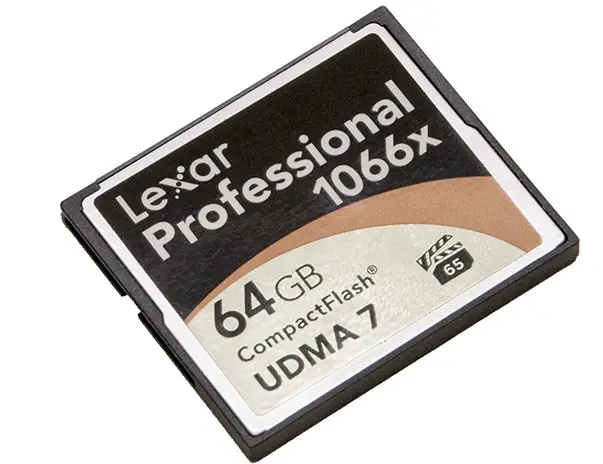As enthusiast photographers we know that there is one area of photography that is constantly overlooked by inexperienced users: the memory card. Most consumers either pick up what is cheapest, or what the salesmen at the store recommends. While this certainly is a ‘way’ of doing things, it is far from an optimal solution. Few novices think about it, but you can have the absolute best DSLR camera; you can have the best lenses; and you can even have the good luck to be in the right spot to capture that ‘perfect moment’; however if your memory is either full, too slow, or worse still fails, all your hard work will be for naught. Trust on this, we learned this hard way ourselves many moons ago. This is why Lexar’s Professional series is one of the few brands you will find professional photographer’s cameras.

In future installments we will broaden the scope and look at numerous different types of memory that are being used in cameras today; however instead of starting with more entry level (SD) memory, or bleeding edge (CFast) memory, we are instead going to start by looking at the workhorse of the camera storage industry. The venerable CompactFlash memory card. To be specific we will be taking a long hard look at Lexar’s latest foray into this market, the Lexar Professional 1066X 64GB Compact Flash card.
Honestly, in a perfect world every professional and camera enthusiast would now be using bleeding edge CFast 2.0 cards. For example Lexar’s Professional 3400x series brings new meaning to the word ‘fast’ and opens up a whole new world of possibilities. Sadly while those wonderful pieces of technology are arguably worth their weight in gold, few consumers are patient enough to save up to be able to afford them, and fewer are willing to wait for CFast 2.0 equipped cameras to hit the photography market. The fact of the matter is that while CFast (1.0) was supposed to replaced CompactFlash late last decade, at this time few cameras use CFast 1.0 and there are zero ‘still image’ cameras available that make use of CFast 2.0. Instead it is just ‘4K video cameras’ that use it – as camera manufactures have stayed faithful to the older CF standard.
On the next page we will go over why so much time and effort has been poured into one of the few remaining, and still successful, parallel storage interfaces still on the market; however for the time being it is suffice to say that once you get above entry level cameras, CompactFlash is the type of memory you want to use – even if your camera offers multiple options. Seven years ago, 30MB/s – or what is called properly ‘200x’ – CF memory cards were bleeding edge storage devices and were priced as such. Last year 800X – or 120MB/s – were the kings. Now 1066x (aka 160MB/s) are the kings of the DSLR storage world. So what exactly does the new 1066X offer new and existing consumers; and why should you opt for this new line instead of the older 800X, or even older – and cheaper – 600X offerings? This and many other questions are what we will answer over the next few pages. So sit back, relax, and enjoy the “infotainment”!










